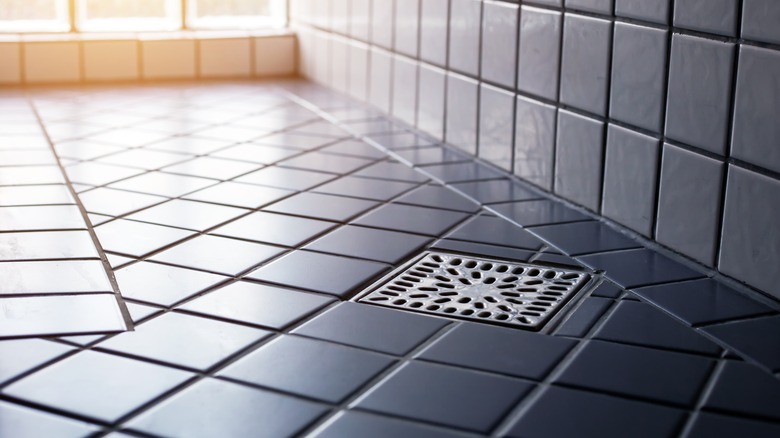The Essential Tool For Laying Tiles Evenly Without All The Extra Work
You've studied the mistakes to avoid when laying tiles, but if you've ever done the work yourself, you know that a professional finish can be time-consuming and frustrating without the right tools. The challenge is making sure that each piece is aligned perfectly and sits level with its neighbors to avoid issues like uneven surfaces or, worse still, tiles that pop up over time. This is where a vibration and leveling tool, also known as a tile thumper, comes in handy. Designed to simplify the process, this instrument allows for quick and consistent installation without hours of meticulous adjusting.
The secret to the thumper is its vibrating suction function helps to set tiles firmly without leaving air pockets, ensuring a uniform look across the surface. The tool also minimizes the need for constant hands-on adjustments, which can be exhausting and even lead to inaccuracies over time. Once you've set your tiles and they're level, there should be no need to readjust your work later.
Consistency in tile placement is more important than aesthetically appealing handiwork — it's crucial for the durability and safety of a tiled surface. When tiles are uneven, not only are they unprofessional looking, but they're more prone to wear and tear and may even cause people to trip and fall, leading to unwanted accidents. So how does this nifty tool work? It's as easy as rocking the float.
The tile vibration and leveling tool is easy to use
There are plenty of must-know tips for a perfect tile floor installation, and the thumper streamlines the process of situating them evenly. It works by gently vibrating the pieces after they've been placed on the adhesive, allowing them to settle into position without air bubbles or gaps. This shaking creates a firm, secure bond and reduces the risk of lippage — a problem where tile edges sit at uneven heights. With each plate level with those around it, there's less of a chance of problems like cracking or loosening down the line. A tile thumper is a practical solution to help ensure consistency from start to finish and eliminates the guesswork about air pockets and how level a piece's surface is.
DIYers will find the tool's suction feature particularly useful. It attaches securely to the tile's surface, allowing you to position and adjust each one with minimal effort. This is especially useful with larger pieces that can be difficult to align manually. With one touch of a button, the vibrating function ensures that each tile is level and aligns with its neighbors. The process? Simply activate the suction to pick up a plate, position it on the adhesive, and let the vibrations settle it into place. No more pressing and adjusting each tile manually — this tool does the hard work for you, making it an ideal option for anyone looking to simplify their project.
The pros and cons of using a tile thumper
Using a tile thumper offers several clear advantages. One of its biggest benefits is efficiency — by reducing the time and effort needed to lay level tiles, you can complete your projects faster. The vibration tool also makes it easy to get an even finish for a more polished result. And as a bonus, the instrument reduces the likelihood of errors that can arise from manual adjustments. It's no wonder the thumper is so popular among both professionals and DIYers alike, and if you're a tiler, it may be one of the most affordable power tools worth buying.
As with most things, there are some potential downsides to consider. Tile thumpers can be an upfront investment, so they may not be ideal if you're only planning a single, small project. If the vibrator is not battery-operated, it may require a power source, which may limit its use (in outdoor applications, for example). Additionally, while easy to use, it takes some time to learn how to operate it. Some users find that it takes a few practice runs to get the feel for the suction and vibration settings.
Overall, the tile thumper offers a balance of convenience and professional-quality results, making it a worthwhile consideration for most tile installation projects. With a bit of practice, this tool can help simplify your project and improve the outcome. Ideally, it will deliver a durable, level surface that stands the test of time.


